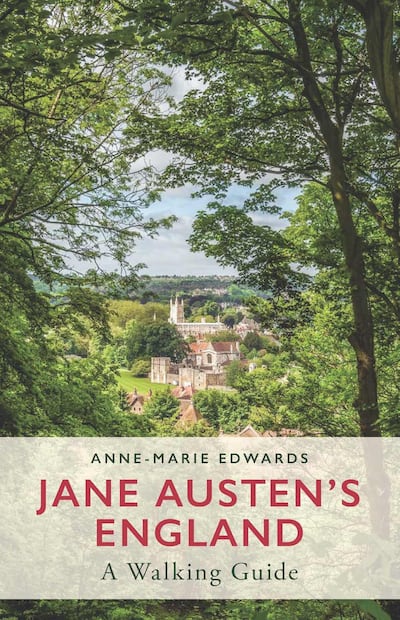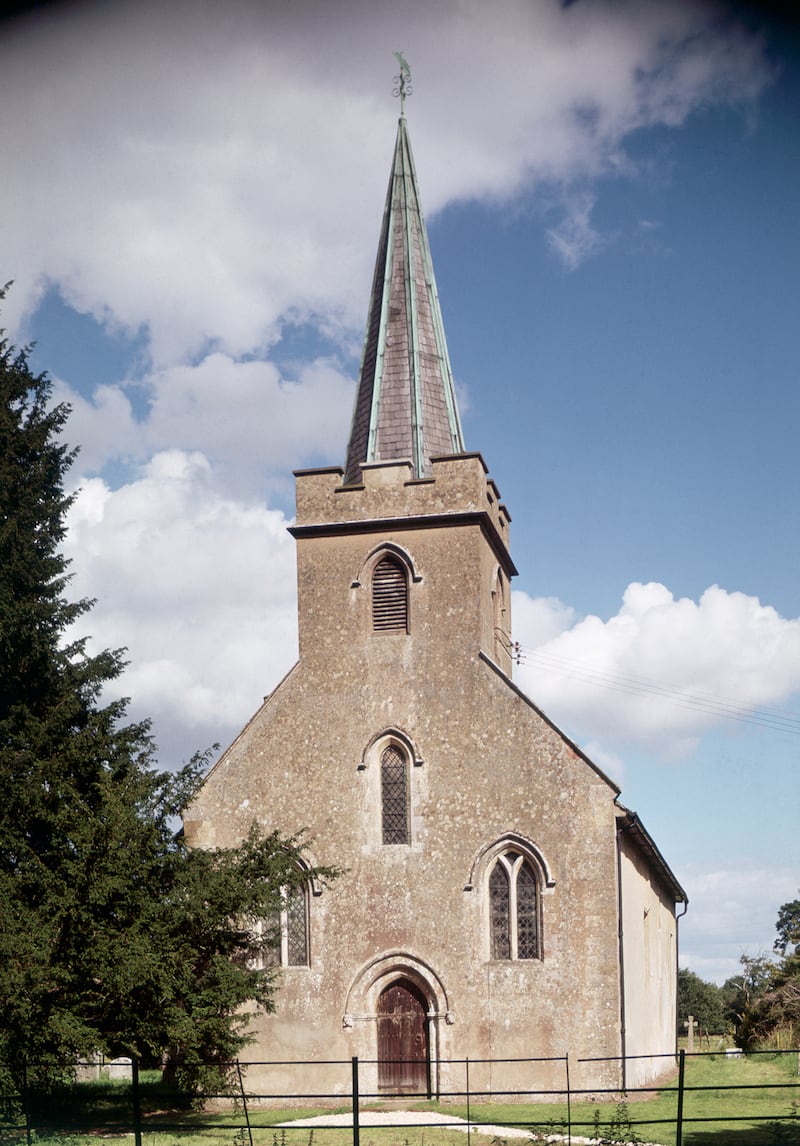
My book is the result of an exciting discovery. When I had completed it I knew that even after 200 years it is still possible to walk with Jane Austen in her world. As a teacher I found that many students had difficulty in imagining what life was like in her time. I needed to find a way to recreate Jane’s world and bring it to life.
My solution was to write a series of walks to take them in their imaginations, if not on foot, with Jane through the countryside, towns and great estates she knew and to meet the people she met, some of whom live on thinly disguised in her novels. The BBC asked me to broadcast the walks and then gathered them together for publication in a book. Soon I was asked to produce an illustrated and enlarged version, so my husband Mike took on the role of photographer. In those days photography was still in the celluloid film stage, and films needed to be developed by immersion in developer and fixer before being washed, in our case, in the bathroom! Since those early days my book has gone through several editions but we have preserved all the original pictures for publication in this new enlarged and updated edition.
Jane Austen completed only six short novels set within the confines of the world she knew best, the comfortable middle-class society of southern England at the close of the 18th century. But today she is internationally recognised as one of our greatest writers. No world-shaking events occur in her novels. What accounts for their enduring appeal? As I researched for my book I found that Walter Scott gives us the answer. “Jane Austen’s greatness,” he writes, “lies in her exquisite touch, which renders ordinary commonplace things and characters interesting, from the truth of the description and the sentiment.”
Through the externals of human behaviour, she reveals her characters’ inner world, their emotions, desires, strengths and weaknesses. She creates real people. I found my students and walkers could all recognise and enjoy them. Jane uses her wit, based on good sense, to reveal her characters’ true value. No amount of fine clothes could conceal from her sharp eyes the evils she disliked most in society – selfishness and greed, both equally relevant today. It comes as no surprise that televised versions of her novels continue to attract huge audiences!
Jane is sometimes criticised for confining the dramatic events of the long Napoleonic wars to the background of her novels although she had two brothers in Nelson’s navy. She is more concerned to write about life within her own direct experience. Her novels share a common message: the importance of building an ordered, loving society. This involved all the social activities which characterised her world: calling on newcomers, visiting friends and acquaintances at regular intervals, dinners and dances at small country houses as well as balls held at inns or the local Assembly Rooms. My walks accompany her on some of these occasions.
When Jane was writing women were not expected to be clever. Certainly not to write! They should be ornamental and entertaining of course and able to run their households efficiently. Their leisure time should be devoted to their “work”, which was sewing. As I read Jane’s novels and her letters I found she could be startlingly modern in her views. Elizabeth Bennet, the heroine of Pride and Prejudice, onsidered herself, the daughter of a gentleman of modest means, to be the equal of Mr Darcy with his fine estate and ten thousand a year – enormous wealth in those days! In the eyes of hopeful mothers and discerning fathers a “good” marriage was one which brought with it land or money – preferably both. Jane took a different, more modern view. Although enough money was important she believed the best marriages were built on mutual love and esteem, a view reflected in her novels. Writing to her niece Fanny, who believed herself in love, Jane advises her to be sure of her feelings. “Anything,” she writes, “is to be preferred or endured than marrying without Affection…”

I hope that readers following my walks with Jane will find they can capture a great deal of the atmosphere of her world. The country houses, churches, great estates and elegant cities she knew have changed surprisingly little in the course of two centuries and it is easy to people them with her characters. My first walk visits Steventon, the small Hampshire village where Jane was born and began early versions, under different titles, of Northanger Abbey, Pride and Prejudice and Sense and Sensibility. Later walks accompany her as she stays with friends and travels to Kent to visit her brother Edward who inherited Godmersham, a large estate near Canterbury. Other walks include a ramble to Box Hill, where Jane set the unfortunate picnic in Emma, and her experiences in Bath and London. At the age of thirty-three Jane returned to Hampshire to find a settled home in Chawton, an attractive village near Alton, not far from from Winchester. My walks accompany her as she walked through the peaceful countryside she loved and visit her home where she revised her earlier novels and wrote the great novels of her maturity, Mansfield Park, Emma and Persuasion. Of course these walks can also be followed in the imagination from the comfort of an armchair!
There are many books about Jane Austen and her novels and every facet of her life has been explored and portrayed. But I think that my book, Jane Austen’s England – a Walking Guide is the only boots-on-the-ground attempt to help readers feel that they have entered Jane’s world for a few hours, that they are treading the actual soil that Jane trod and that at any moment one of her characters – Mr Darcy perhaps? – may appear just around the next corner.
















